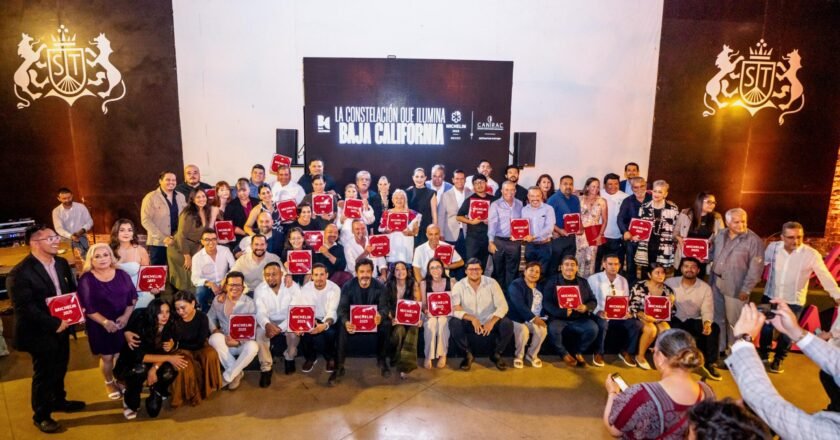The Valle de Guadalupe knows wine, paella, and opera. However, it has never seen masks, fire shows, and aerial spirals—until …


The Valle de Guadalupe knows wine, paella, and opera. However, it has never seen masks, fire shows, and aerial spirals—until …

On September 26, 2025, the vineyards of Corona del Valle in Ensenada swapped their usual symphony of cork pops and …

Baja California once again proved it isn’t just about fish tacos or tequila shots. And yes, we already told you: …

Hilda Araceli Brown has decided that the best defense is standing still. The former Rosarito mayor, now sitting comfortably in …

Water is Baja’s real luxury. Forget gold chains, craft beer, or limited-edition sneakers—around here, the real status symbol is a …

Think Valle de Guadalupe is only wine tastings and sunsets made for Instagram? Think again. Behind the vineyards, there’s a …

Some nights in Baja California, the sirens are just background noise—an unholy lullaby. But on September 20, that lullaby turned …

Rumors in Baja move fast, but sometimes fugitives move faster — at least until the cops slam the brakes on …

Problem Solved – Part 2 WW Editorial Read “Part 1: Baja Faces Water Cuts” here… Wilderness is not a luxury …

Rumors spread fast in Baja, faster than a Trophy Truck on the dry lake beds. The latest? That the legendary …